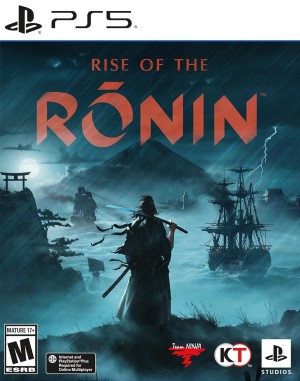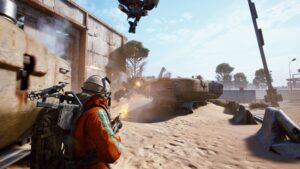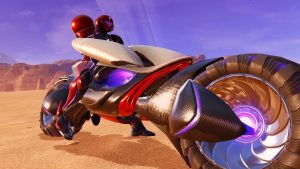
Team Ninja’s Rise of the Ronin turned many heads when it was first revealed during a PlayStation event back in 2022. The prospect of playing as a Ronin in a world ripe with opportunities and conflicts is definitely interesting, and Team Ninja is a team that has a knack for creating deep combat systems that keep players engaged throughout the run.
Rise of the Ronin also marks the first time for the developer to enter into an open-world space, so how has Team Ninja adapted its technical expertise to better fit into this box? And how has the developer utilized the power of current-gen machines? We try to answer this and many other questions with this comprehensive graphics analysis of Rise of the Ronin.
Game Engine
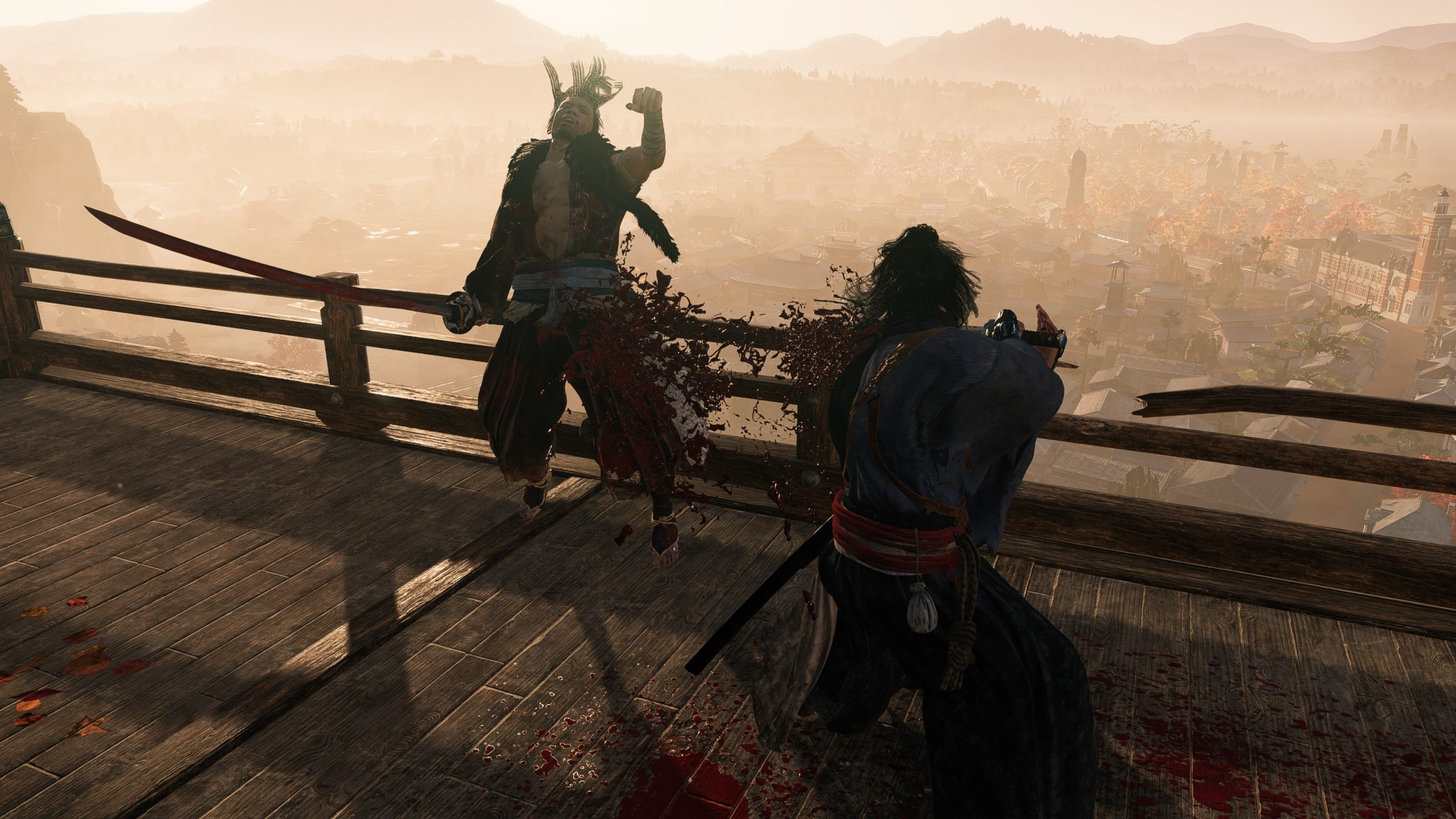
Team Ninja has been using its proprietary engine for its previous releases like Nioh 2 or Wo Long: Fallen Dynasty, and Rise of the Ronin is also based on the same engine. This engine was previously used to render linear environments with its impressive lighting and animation work, but in Rise of the Ronin, the rendering pipeline has been changed to incorporate an open-world setting.
It all works on a surface level, but it’s safe to say that the transition is not the smoothest. Despite being a current-gen only game, Rise of the Ronin doesn’t really impress with its texture work, character models, or world streaming technology. While those shortcomings don’t amount to a bad game by any means, Rise of the Ronin wouldn’t go down as a current-gen showcase by any stretch of the imagination.
Character Models, Lighting And Reflections
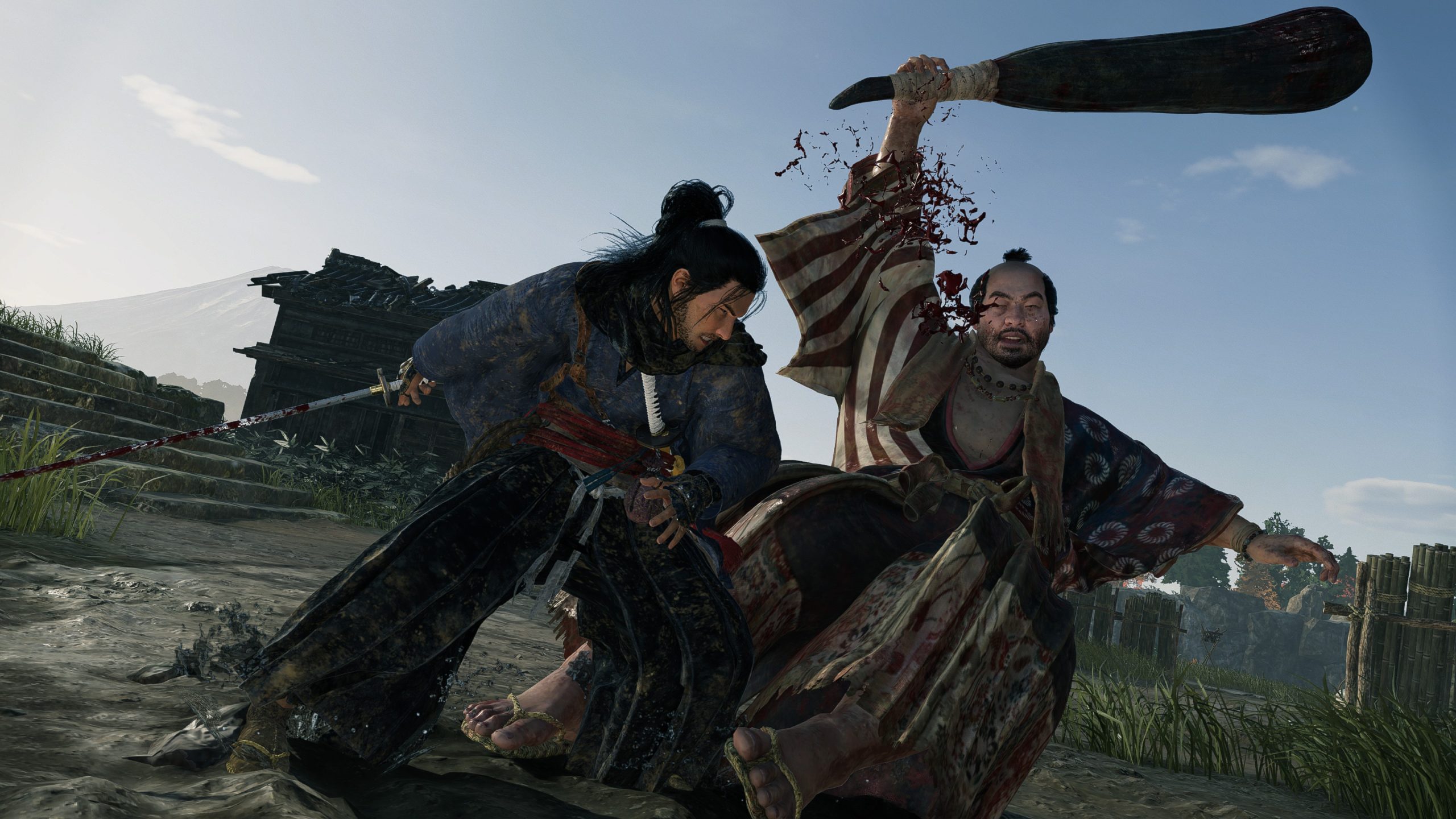
Starting off with the character models, Rise of the Ronin features adequately detailed models with middling polycounts. Skin meshes aren’t as detailed as one would like and the hair rendering implementation is similar to what we have seen in many last-gen games (there are no fine strands of hair that flow to the tune of the winds).
As for the body armor, we get to see use of physically based materials with occasionally impressive texture work. Much like its previous games, the visual appeal of Rise of the Ronin stems from its art direction and not raw visual fidelity. As such, even if it might not be able to stand shoulder to shoulder against current-gen games in terms of the technical details, it looks pretty good in action regardless.
As noted earlier, one of the biggest ways in which Rise of the Ronin differs from the developer’s past works is the addition of an open-world setting. Players are free to explore a large virtual space consisting of bustling settlements, lush forests, and much more. Environments look good thanks to plenty of detailed geometry, but asset quality definitely leaves quite a bit to be desired. It’s rather easy to spot a blurry texture while exploring its vast world, and rendering of trees looks rather primitive if you peep into its details.
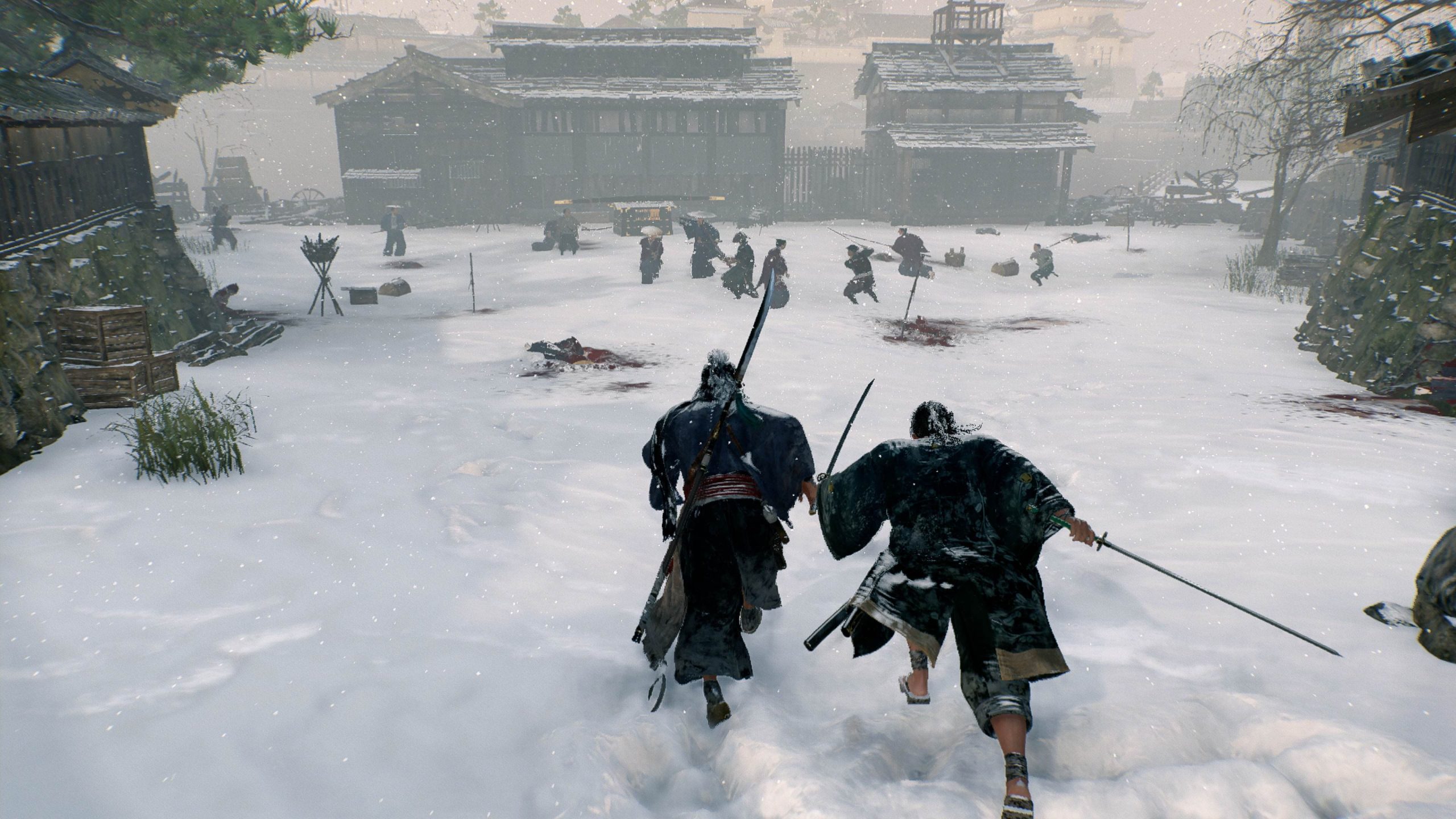
The streaming system isn’t perfect either, and there are a couple of problems that quickly become evident after just a couple of hours of play. For instance, the draw distance is visibly low and you can easily make out low poly assets out in the distance. Interestingly, the developer hasn’t made good use of volumetric fog to mask distant details since that would have been a good workaround to hide the inefficiencies of its world streaming system.In addition to this, the level of detail swapping isn’t the smoothest which can make for some choppy gameplay segments as higher poly variants of the same assets are loaded into memory just when you reach that point.
As for the lighting, Rise of the Ronin uses a ray traced global illumination solution in its RT graphics mode. Apart from that, it seems to be using an image based solution that probably utilizes cubemaps or probably some form of screen space methodology. The lighting data can change depending on the time of day or weather conditions, and the lighting solution does a fairly good job of lifting the scene in different conditions. Indirect lighting obviously works more effectively in ray tracing mode, but the image-based solution does a mostly fine job of simulating bounce lighting albeit in a primitive fashion.
Switching gears on the reflections side of things, the reflections are also most likely utilizing screen space reflections in non RT graphics modes. The accuracy of these reflections is fine, but it definitely lacks a bit in terms of the actual resolution of the reflected surfaces. Notice how the reflections of surroundings in the water change with your perspective, but the actual resolution is somewhat blurry for a current-gen game.
Graphical Modes And Performance
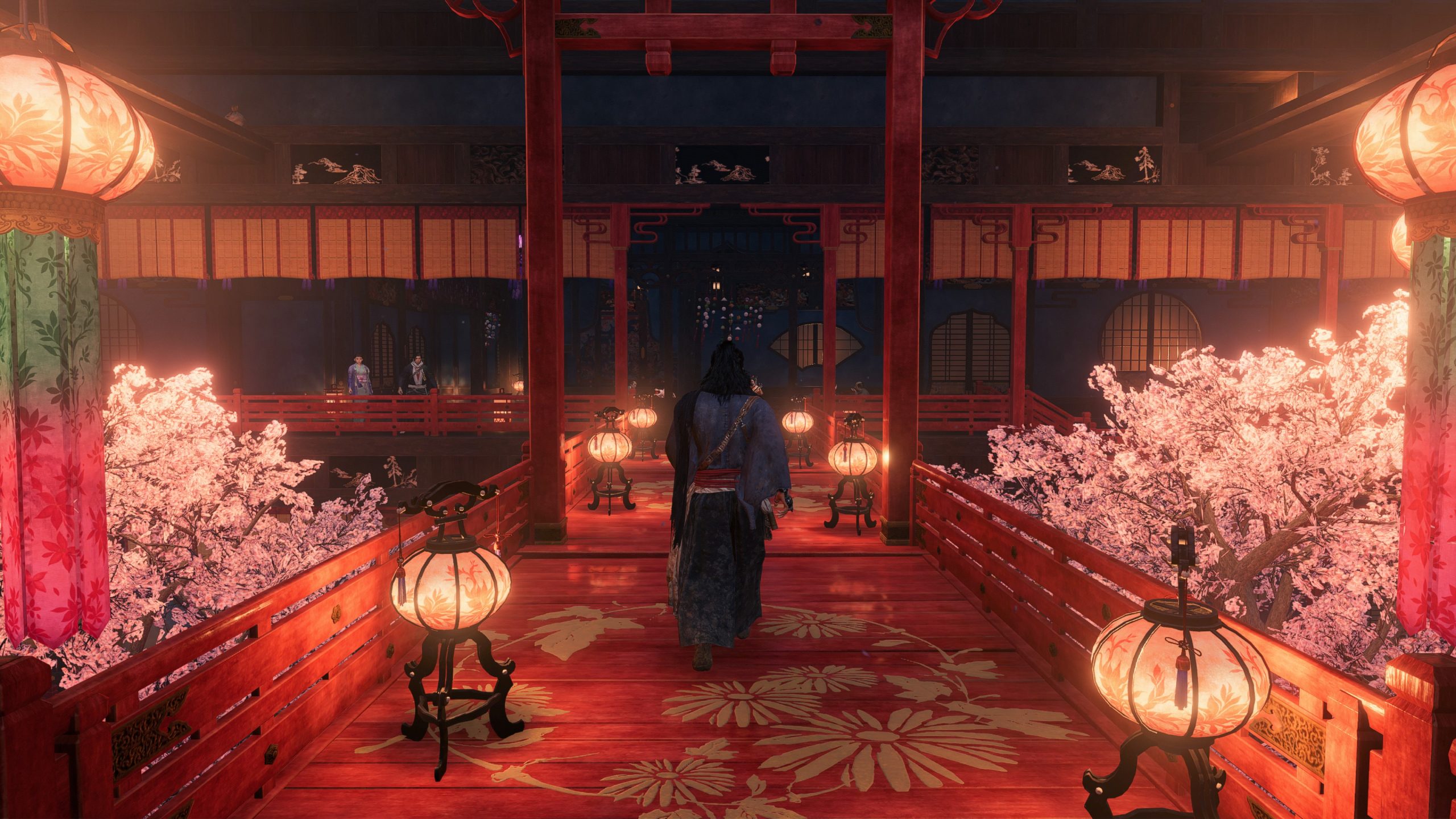
Team Ninja provides not one but three distinct graphics options to choose from. There’s a Graphics mode that likely runs at 4K 30fps complete with all the graphical bells and whistles minus ray tracing. Then we have the RT mode that drops down the resolution but adds ray tracing to the mix. Finally, there’s the performance mode which runs at a lower resolution but targets a 60fps target instead. The critical graphical parameters mostly remain similar across all three modes, but the addition of ray tracing makes the reflections, lighting, and shadows a lot more crisper than other modes.
As for the performance, the Graphics mode is the most stable out of the bunch. It might run at a lower framerate, but they aren’t too frequent to be much of an issue. The ray tracing mode on the other hand has better visuals, but that comes with the cost of inconsistent frame times that result in a choppy gameplay experience. Lastly, there’s the performance mode which makes for a smoother combat experience but the graphical compromises don’t make a strong case for this mode.
Loading Times And Conclusion

Built exclusively for the PlayStation 5, the loading times are pretty snappy. Team Ninja makes good use of current-gen storage options to quickly load players into the game. Fast travel only takes a couple of seconds to teleport you to a new area, while loading into a save can take around 10 seconds. It’s not the quickest out there, but it’s fast enough to not be a glaring problem.
How Does It Stack Up Against Ghost of Tsushima?
Ever since Rise of the Ronin was first revealed, players immediately took note of the similarities between it and Sucker Punch’s Ghost of Tsushima, so it’s only fair that we compare the two in technical terms as well. Despite being a last gen game, Ghost of Tsushima takes the upper hand in terms of the character models which are a lot more detailed than we get to see in Rise of the Ronin.
Similar findings can be seen in other departments, and while Rise of the Ronin might make use of ray tracing for GI or reflections, Ghost of Tsushima is a more polished game that looks a lot more gorgeous. Of course, a lot of that can also be attributed to its world design as well. Where Ghost of Tsushima tries to portray a beautiful virtual escapade, Rise of the Ronin’s world is deeply ravaged by war and conflict. Sucker Punch makes good use of bright colors for its world which makes it instantly appealing to the eye, while Rise of the Ronin’s world is largely composed of macabre colors.
Obviously, Ghost of Tsushima had the full backing of PlayStation, so it’s a given that it would look better than what Team Ninja have delivered with Rise of the Ronin. But given that Ghost of Tsushima was released back in 2020 on the PS4/PS4 Pro with the Director’s Cut releasing in 2021, one would expect Rise of the Ronin to at least come close to Sucker Punch’s offerings in the technical department but this is clearly not the case.
Conclusion

From a technical perspective, Rise of the Ronin feels like a first open world draft for Team Ninja. After all, it’s the developer’s first outing in this space, and there are definitely quite a few problems when it comes to the technical transition involved here. But despite those technical quirks, Rise of the Ronin is an okay looking open-world game with plenty of merits thanks to its great art style. But, from a pure technical perspective, Team Ninja still has ways to go if it wants catch up to the industry’s leading visual behemoths.








